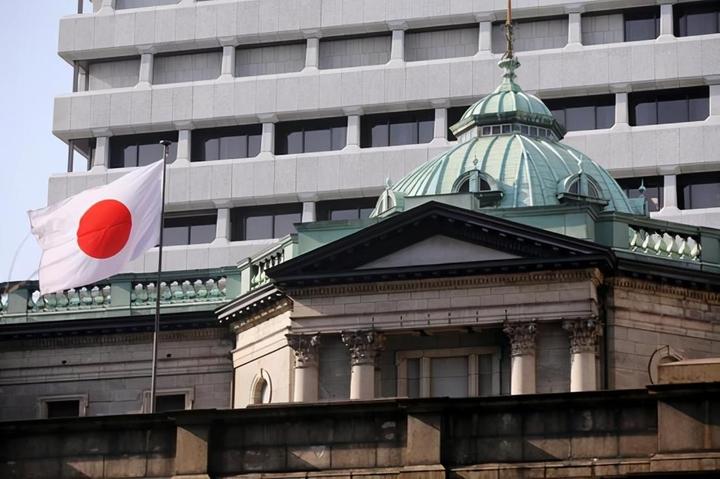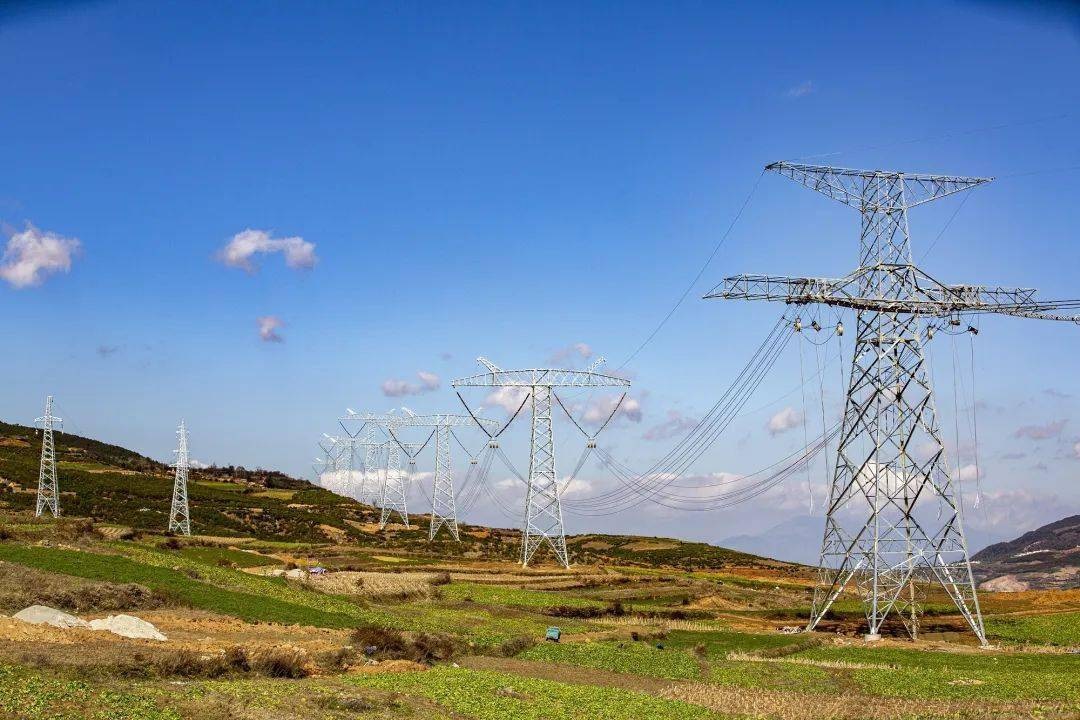
While the world's attention is focused on the 21.3 trillion yen (about 13.5 billion US dollars) economic stimulus plan that Japanese Prime Minister Saane Takashi is set to approve on November 21, the financial market has already raised a red light in advance. This largest fiscal expansion since the outbreak of the pandemic, which the government has hailed as a "panacea for the cost-of-living crisis", has instead triggered a "triple whammy" of Treasury bond sales, yen depreciation and stock market volatility. The yield on 10-year Japanese government bonds soared to its highest point since 2008 (1.8%), while the yield on 40-year bonds hit a record high of 3.705%. Meanwhile, the yen exchange rate dropped below 157 to 1 US dollar, and the Nikkei index erased most of the gains made by the high market in its volatility.
The root cause of this crisis lies in the government's attempt to cover up the structural collapse of the economy with fiscal revelry. On the one hand, Japan's GDP contracted at an annualized rate of 1.8% in the third quarter, falling into its first negative growth of the year. On the other hand, the core inflation rate in October exceeded the central bank's target for the 43rd consecutive month, reaching 3%, while the trade deficit remained hovering at 23.18 billion yen. The Kao municipal government, however, chose to combat stagflation by "throwing money around" : including 2.7 trillion yen in tax cuts, 11.7 trillion yen in price subsidies, and even providing a 20,000 yen child allowance for each family. However, these measures are just like pouring oil into a fire - although the abolition of gasoline taxes and energy subsidies may temporarily relieve public pressure, they may further push up inflation expectations; The "strategic investment" in fields such as artificial intelligence and semiconductors, in the absence of supporting reforms, is more like a rehearsal of fiscal waste.
Ironically, this risky gamble exposed the inherent rifting and hypocrisy of the policy. Takashi Sawa, on the one hand, holds high the banner of "fiscal flexibility", freezes the basic fiscal revenue and expenditure balance target, and ignores Japan's debt ratio of 235% (the highest in the world). On the other hand, it is putting pressure on the central bank to maintain ultra-low interest rates, claiming that "it is foolish to raise interest rates now." This logic of "spending money freely without paying interest" has raised concerns in the market that Japan is sliding into a "Trase-style crisis" - the tax cut plan of the former British prime minister in 2022 once led to the collapse of the pound, and now the scene of the "triple hit" of Japanese stocks, bonds and foreign exchange is exactly the same. RBC Asset Management of Canada has warned that once the government's credibility collapses, the wave of "selling off Japan" may just be beginning.
The risk is like a sword hanging over the top. First of all, fiscal runaway will trigger a vicious cycle of debt. If the stimulus plan relies entirely on bond issuance, for every 1 percentage point increase in Japanese government bond interest rates, the government's interest expenses could consume 30% of the annual tax revenue. Secondly, the impaired independence of the central bank has led to policy failure. Although Governor Kazuo Ueda declared a "gradual interest rate hike", it is unlikely that he could reverse the accommodative stance under political pressure, which would exacerbate the depreciation of the yen and imported inflation. Finally, intergenerational equity was completely sacrificed. The essence of the current policy is to shift the debt crisis onto the younger generation - they not only bear the burden of an aging population but also have to pay for today's profligacy.
To avoid falling into the abyss, Japan urgently needs a rational return. In the short term, the government should abandon the "money-throwing subsidies" and shift to targeted income subsidies and productivity investments. In the medium term, it is necessary to restart the fiscal discipline framework and bring the debt ratio onto a controllable track. In the long term, we must confront structural issues such as the declining birth rate and insufficient innovation head-on instead of using money to cover up the cracks. The market has issued a warning with cold figures: When populism kidnaps economic policies, short-term pleasures will eventually come at a long-term cost. If Kaohsiung's Saori insists on carrying out "Saori Economics" to the end, it may turn the historical glory of being the "first female prime minister" into a historical stigma of being the "director of fiscal collapse".
Japan's economic stimulus plan, on the surface, is a raft of redemption, but in reality, it is a crack on the fiscal iceberg. When the market writes its judgment with the yield curve, policymakers may need to keep in mind that debt will not disappear with printing money; it will only flow from generation to generation until the last promise is crushed.

報告顯示,中國電力投資加速增長,預計2024年電網基建投資將超過5300億元。
近日,市場迎來了一則引人注目的消息:工業巨頭3M公司(MMM.N)在本周五公布了其季度業績報告,隨後股價飆升至近兩年來的
最近,外媒給OpenAI算了筆賬,今年可能要血虧50億美元。
近日,巴黎奧運會和世界鐵人三項協會聯合發布了一項重大決定,宣布因塞納河水質污染問題,原定於近期進行的奧運會鐵人三項首次下
當地時間7月18日,法國巴黎發生了一起令人震驚的持刀襲警事件。
近期,一則重大消息在國際舞臺上引起軒然大波,馬來西亞宣布加入金磚國家。
調查發現,互聯網和智能手機的使用幹擾了韓國近五分之一學生的生活。